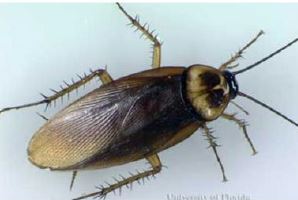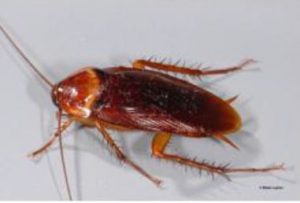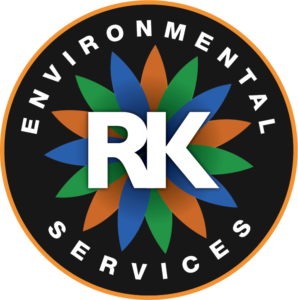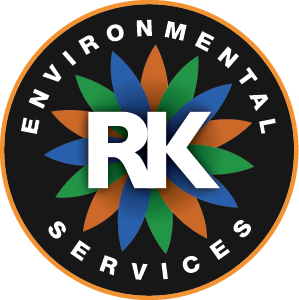Evolution of Food Safety

In 1906, President Theodore Roosevelt signed legislation that created the agency with legal authority to seize goods in interstate commerce that were adulterated, contained additives injurious to health, or contained filthy, decomposed, or putrid substances.
As many enter the food industry to begin their careers they learn of the key dates of 1906, 1938, and 2011. All had a major impact on food safety but there were a lot of other important dates spanning the century. The introduction of HACCP changed the industry for the best and focused on proactive, systematic methods for the control of hazards and brought with it the concept of prerequisite programs.
With the enactment of regulations in the United States, the European Union and elsewhere in the world, plus the establishment of the Codex Food Hygiene document that put the world on the same page when it came to HACCP and the importance of prerequisite programs, the food safety audit came into being. Many firms around the world had been doing audits that focused on GMPs, but the 1990s and the early years of the 2000s saw the development and introduction of many food safety audit schemes by different consulting firms and by food, beverage and ingredient manufacturers themselves, as a tool to ensure quality and safety of what they were buying from their suppliers.
Audits changed the face of food safety and the introduction of benchmarked Global Food Safety Initiative (GFSI) audit schemes tightened the reins even more. Essentially forcing all certified or those hoping to be certified to build and manage their food safety management systems from the same playbook. Sure, there are differences in the standards from one scheme to the next, but all are fundamentally the same in concept and management.
Some Content sourced from Food Engineering Magazine
Submitted by: Rich Gibson, ACE, CFSQA
The American Cockroach

Order: Blattodea Family: Blattidae Genus: Periplaneta Species: P. americana
The American cockroach is the largest of the house-infesting roaches and a major pest in the United States. Despite its name, the American cockroach is not native to North America. Some evidence suggested that American cockroaches were introduced via ships from Africa in the early 1600s. American cockroaches are typically reddish brown with a yellowish figure 8 pattern on the back of the head and may range in size between 1 1/4” to 2 1/8” in length. American cockroaches leave behind droppings in the dim areas in which they hide. These small droppings are blunt on the ends and have ridges on the sides. They are often mistaken for mouse droppings, so proper identification is always necessary for future action. The American cockroach will produce a pheromone that some people describe as having a “musty” smell. People with sensitive noses may notice this odor in areas where the roaches are active.
Maintaining a clean facility is essential in reducing roach activity, cleaning or otherwise removing sources of attraction, harborage points, entry points and feeding locations are the best non-chemical control steps possible. If chemical control is necessary, baits and residual insecticides are the best options for chemical control and should be used after other steps of control have been exhausted, especially in a food handling facility.
Submitted by: Rich Gibson, ACE, CFSQA
Roaches in the Fermentation

American Cockroaches were found in the production room living in and on a room sized machine with three levels where soybeans get introduced to bacteria, heat, and moisture to allow fermentation to occur. The roaches were also found in the fermentation room which is full of large vats where the sauce is introduced to brine and allowed to further ferment, the roaches were living under the tanks. The tanks are made of fiberglass and they move when empty or full. They flatten a little when full and pick back up when empty so caulking is almost useless. Roaches were also found in the wall of this area where product had spilled and allowed to harden creating food/harborage source.
The facility is certified Organic, so the pesticide use options are very limited. National Organic Program (NOP) compliant materials were utilized, and a special exception was authorized to use a non-traditional material. The following week, during routine IPM service, hundreds of dead American Cockroaches were found dead.
During the corrective action period, the facility was provided IPM service weekly for an additional eight hours beyond the routine service duration. The IPM service team focused on the back wall of the fermentation room and the related equipment. The back wall in questions was treated using a combination of fine granular and gel baits, the base of the tanks were baited with an appropriately labeled gel bait and sealed with silicone, the tank bases were when treated with a liquid insecticide labeled for such an area. The soybean equipment was also treated with gel baits around the exterior of the machine.
The soybean equipment was in poor condition and had temporary repairs using cardboard and tape. The exterior of the machinery was painted with a thick coat of peeling paint. The internal maintenance team completed the repairs and has made a notable impact. The fermentation room tanks are on top of a cement raised area which was painted with the same thick paint which was peeling and flaking off. This too has been repaired. The Product gets transferred from the tanks to the press via pipes which are moved from tank to tank it is not hard plumbed and is prone to separate and spill product all over which provides a food source for pests.
With the action of the IPM team and the facility’s maintenance support the cockroach population has been eradicated and best practices have been adopted to reduce the risk of re-infestation.
- Key Lessons Learned:
- Use a combination of materials
- Do not allow temporary repairs to become permanent
- It takes cooperation to be effective






